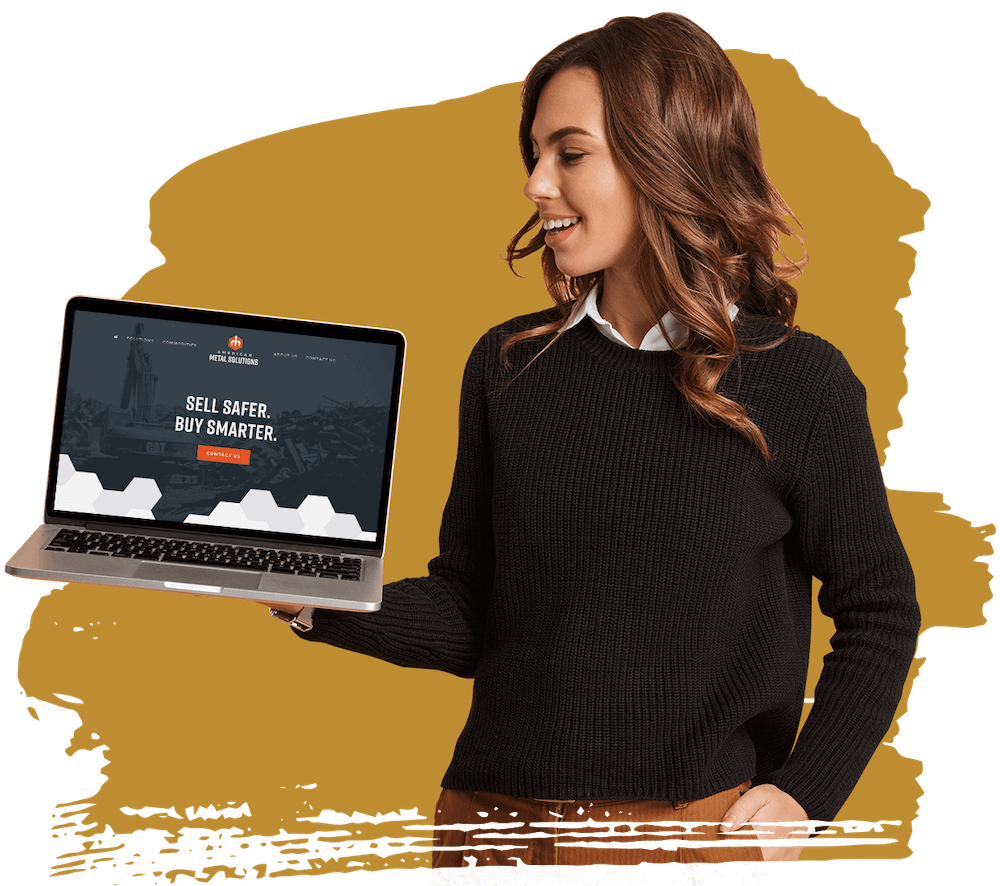The Very Best Kinds Of Web Style to Boost User Experience and Interaction
In the ever-evolving landscape of electronic interaction, the efficiency of Web layout dramatically affects individual experience and involvement. Different style techniques, such as minimal, receptive, and interactive designs, each deal distinct benefits that can cater to varied individual needs.
Minimalist Web Layout
As digital landscapes end up being increasingly cluttered, minimalist website design has actually become an effective strategy to enhancing individual experience. This style ideology focuses on simpleness, concentrating on crucial aspects while removing unnecessary diversions. By utilizing enough white room, straightforward navigation, and a limited shade palette, minimal design cultivates clarity and routes customer focus to crucial web content.
The core concept of minimalist Web layout is to produce a smooth communication for customers. By reducing cognitive load, individuals can swiftly understand details without feeling overwhelmed. This straight strategy not only improves functionality but likewise motivates involvement, as visitors are more probable to explore a site that is visually enticing and very easy to browse.
Furthermore, minimalist layout typically stresses typography and imagery, using these components strategically to convey messages properly. This concentrate on important parts can boost brand name identity and produce an unforgettable individual experience. Basically, minimal website design is not just a fad; it is a thoughtful methodology that identifies the importance of user-centered style. By removing additional aspects, developers can produce a much more interesting, reliable, and enjoyable Web experience for all users.
Receptive Web Design
In today's varied digital setting, receptive website design has come to be important for producing a seamless user experience throughout a wide range of tools. As individuals access internet sites on smart devices, desktop computers, tablet computers, and laptop computers, the capacity of a site to adjust its format and material to various display sizes and resolutions is important.
Receptive Web style utilizes adaptable grids, pictures, and CSS media queries to make certain that Web material exists ideally, despite the tool used. This approach not just improves the visual allure of a site however also considerably improves use. Users are more likely to engage with a site that offers a regular experience, as it removes the aggravation of needing to zoom in or scroll excessively.
By embracing responsive layout, businesses can enhance their presence and reach a broader audience. In recap, receptive Web style is a fundamental technique that boosts user experience, engagement, and total fulfillment.
Interactive Website Design
Receptive Web layout lays the groundwork for enhancing user experience, but interactive website design takes this a step better by engaging individuals in a more vibrant method - Aligned Position Web Design. By including elements such as animations, clickable models, and real-time responses, interactive Web design astounds individuals, attracting them into a richer browsing experience
This approach not only promotes engagement but additionally motivates customers to check out material proactively instead of passively eating it. Techniques such as gamification, where users make rewards for completing jobs, can dramatically improve the moment invested in a site and enhance total complete satisfaction. Moreover, interactive attributes can streamline intricate info, making it more enjoyable and absorbable.

Including interactive design aspects can additionally cause higher conversion prices, as customers are most likely to involve with a website that actively includes them. Aligned Position Web Design. Eventually, interactive website design changes customer experiences into remarkable journeys, making certain that visitors return time after time
Flat Style
Characterized by its minimalistic approach, flat layout highlights simplicity and functionality, stripping away unneeded aspects and concentrating on vital functions. This style ideology prioritizes usability, ensuring that customers can navigate user interfaces easily and performance. By using a tidy visual, flat layout gets rid of the clutter usually discovered in extra luxuriant styles, consequently enhancing customer emphasis on content and functionality.
The characteristic of level design depends on its use strong colors, easy typography, and geometric shapes. These components contribute to a visually attractive user interface that is both contemporary and friendly. Additionally, flat layout cultivates a feeling of clarity, allowing individuals to determine essential activities and details without disturbance.
Additionally, flat style is especially efficient in responsive website design, as its simpleness translates well across different tools and screen sizes. The absence of detailed appearances and slopes decreases loading times, which is critical for preserving individual interaction. As digital landscapes remain to advance, level style remains a relevant selection for developing user-friendly web sites that company website enhance overall experience. By concentrating on crucial attributes, flat style not just satisfies customer requirements however likewise motivates seamless interaction, making it a vital element of effective website design strategies.
Flexible Website Design
Adaptive website design tailors the individual experience by producing several repaired designs customized to various display dimensions and gadgets. Unlike receptive layout, which fluidly readjusts a solitary format, adaptive style uses unique formats for details breakpoints, ensuring ideal presentation on various systems. This strategy permits developers to concentrate on the distinct attributes of each tool, enhancing functionality by delivering specifically what customers require based on their context.
One of the key advantages of adaptive website design is its capability to enhance load times and efficiency. By offering tailored content and pictures that fit the user's device, sites can minimize data usage and improve loading speeds. This is particularly beneficial for users with slower links or limited data strategies.
Furthermore, flexible layout promotes a much more regular and regulated branding experience. Considering that developers produce multiple formats, they can make certain that the aesthetic components align with the brand name's identity across different platforms - Aligned Position Web Design. This causes a natural individual experience, improving involvement and advertising individual retention
Final Thought
Minimalist style promotes quality and emphasis, while receptive layout ensures adaptability across various gadgets, advertising accessibility. Collectively, these design comes close to contribute to the creation of straightforward environments that not only improve click this link contentment but also drive higher conversion prices, underscoring their vital significance in contemporary Web layout techniques.

Minimal layout promotes clarity and focus, while receptive layout ensures flexibility throughout different gadgets, promoting availability. Collectively, these design approaches add to the development of easy to use settings that not just enhance contentment however also drive greater conversion rates, underscoring their crucial value in contemporary Web layout strategies.
Comments on “Creative Aligned Position Web Design: Cutting-Edge Solutions for Your Website’s Success”